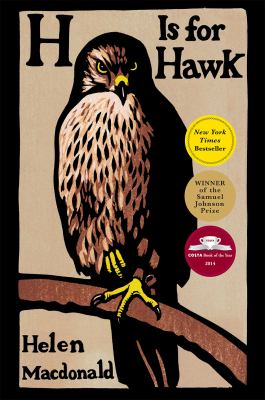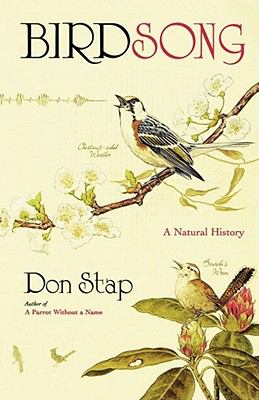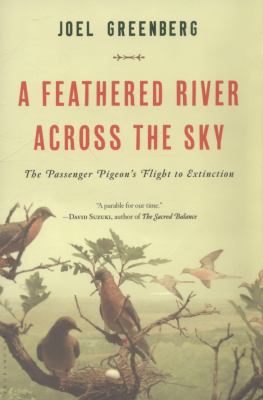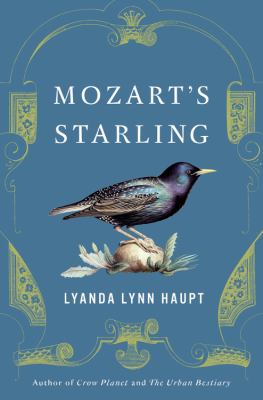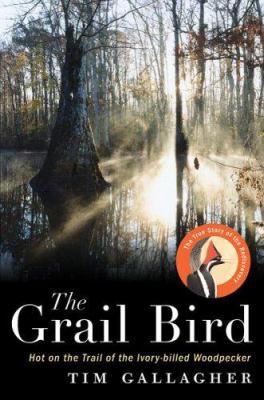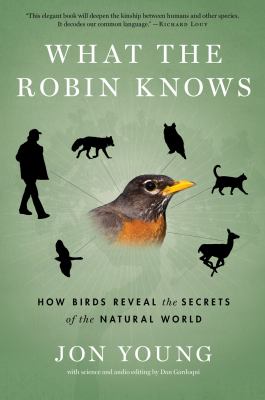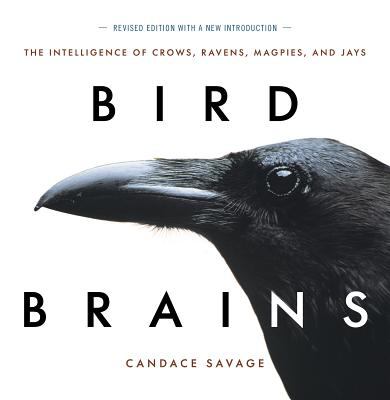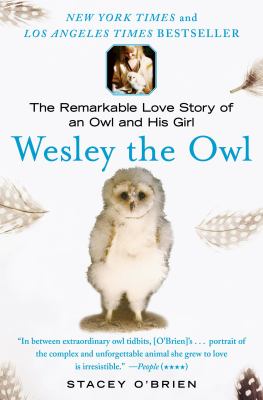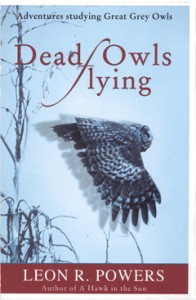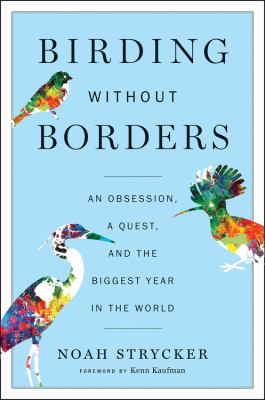Adult Summer Reading List
Birds and BirdersThis list of books goes along with our 2018 Adult Summer Reading program: “Libraries Rock!”
H is for Hawk by Helen Macdonald
When Helen Macdonald’s father died suddenly on a London street, she was devastated. An experienced falconer—Helen had been captivated by hawks since childhood—she’d never before been tempted to train one of the most vicious predators, the goshawk. But in her grief, she saw that the goshawk’s fierce and feral temperament mirrored her own.
Resolving to purchase and raise the deadly creature as a means to cope with her loss, she adopted Mabel, and turned to the guidance of The Once and Future King author T.H. White’s chronicle The Goshawk to begin her challenging endeavor. Projecting herself “in the hawk’s wild mind to tame her” tested the limits of Macdonald’s humanity and changed her life.
Birdsong: A Natural History by Don Stap
Many of us have experienced the interruption, pleasant or otherwise, of a bird singing from high in the trees or a lone chirper perched outside a bedroom window and wondered what the song was about. Following a world expert on birdsong from the woods of Martha’s Vineyard to the tropical forests of Central America, Don Stap brings to life the quest to unravel this ancient mystery: Why do birds sing and what do their songs really mean?
In this creative mixture of reportage, storytelling, and research, Stap distills the complexities of the study of birdsong and unveils a remarkable discovery that sheds light on the mystery of mysteries: why young birds in the suborder oscines–the “true” songbirds–must learn their songs while closely related birds are born with their songs genetically encoded. As the story unfolds, Stap contemplates our enduring fascination with birdsong, from ancient pictographs and early Greek soothsayers to the story of Mozart’s pet starling. He identifies birds by their specific sounds and calls, and explains the true function of a bird’s song, from mating calls to claims of territory.
In a modern, noisy world, it is increasingly difficult to hear the sounds of nature around us. Exploring birdsong takes us to that rare place–in danger of disappearing forever–where one hears only the planet’s oldest music.
A Feathered River Across the Sky: The Passenger Pigeon’s Flight to Extinction by Joel Greenberg
In the early nineteenth century 25 to 40 percent of North America’s birds were passenger pigeons, traveling in flocks so massive as to block out the sun for hours or even days. The down beats of their wings would chill the air beneath and create a thundering roar that would drown out all other sound. Feeding flocks would appear as “a blue wave four or five feet high rolling toward you.”
John James Audubon, impressed by their speed and agility, said a lone passenger pigeon streaking through the forest “passes like a thought.” How prophetic-for although a billion pigeons crossed the skies 80 miles from Toronto in May of 1860, little more than fifty years later passenger pigeons were extinct. The last of the species, Martha, died in captivity at the Cincinnati Zoo on September 1, 1914.
As naturalist Joel Greenberg relates in gripping detail, the pigeons’ propensity to nest, roost, and fly together in vast numbers made them vulnerable to unremitting market and recreational hunting. The spread of railroads and telegraph lines created national markets that allowed the birds to be pursued relentlessly. Passenger pigeons inspired awe in the likes of Audubon, Henry David Thoreau, James Fenimore Cooper, and others, but no serious effort was made to protect the species until it was way too late. Greenberg’s beautifully written story of the passenger pigeon provides a cautionary tale of what happens when species and natural resources are not harvested sustainably.
Mozart’s Starling by Lyanda Lynn Haupt
On May 27th, 1784, Wolfgang Amadeus Mozart met a flirtatious little starling who sang (an improved version of!) the theme from his Piano Concerto Number 17 in G to him. Knowing a kindred spirit when he met one, Mozart wrote “That was wonderful” in his journal and took the bird home to be his pet. For three years Mozart and his family enjoyed the uniquely delightful company of the starling until one fitful April when the bird passed away.
In 2013, Lyanda Lynn Haupt, author of Crow Planet, rescued her own starling, Carmen, who has become a part of her family. In Mozart’s Starling, Haupt explores the unlikely bond between one of history’s most controversial characters and one of history’s most notoriously disliked birds. Part natural history, part story, Mozart’s Starling will delight readers as they learn about language, music, and the secret world of starlings.
The Grail Bird: The Rediscovery of the Ivory-billed Woodpecker by Tim Gallagher
What is it about the ivory-billed woodpecker? Why does this ghost of the southern swamps arouse such an obsessive level of passion in its devotees, who range from respected researchers to the flakiest Loch Ness monster fanatics and Elvis chasers?
Since the early twentieth century, scientists have been trying their best to prove that the ivory-bill is extinct. But every time they think they’ve finally closed the door, the bird makes an unexpected appearance. It happened in the 1920s, and it’s happened in almost every subsequent decade.
For more than 60 years, each sighting has been met with ridicule and scorn. Respected researchers and naturalists have been branded as quacks just for having the temerity to say that the ivory-bill still exists. Yet the reports still trickle in. Is there any truth to these sightings, or are they just a case of wishful thinking, misidentification, or outright fabrication?
To unravel the mystery, author Tim Gallagher heads south, deep into the eerie swamps and bayous of the vast Mississippi Delta, searching for people who claim to have seen this rarest of birds and following up—sometimes more than 30 years after the fact—on their sightings. He meets a colorful array of characters: a cigar-chomping ex-boxer who took two controversial pictures of an alleged ivory-bill in 1971; a former corporate lawyer who abandoned her career to search for ivory-bills full time; two men who grew up in the ivory-bill’s last known stronghold in a final remnant of primeval forest in Louisiana.
What the Robin Knows: How Birds Reveal the Secrets of the Natural World by Jon Young
A lifelong birder, tracker, and naturalist, Jon Young is guided in his work and teaching by three basic premises: the robin, junco, and other songbirds know everything important about their environment, be it backyard or forest; by tuning in to their vocalizations and behavior, we can acquire much of this wisdom for our own pleasure and benefit; and the birds’ companion calls and warning alarms are just as important as their songs.
Birds are the sentries—and our key to understanding the world beyond our front door. Unwitting humans create a zone of disturbance that scatters the wildlife. Respectful humans who heed the birds acquire an awareness that radically changes the dynamic. We are welcome in their habitat. The birds don’t fly away. The larger animals don’t race off. No longer hapless intruders, we now find, see, and engage the deer, the fox, the red-shouldered hawk—even the elusive, whispering wren.
Deep bird language is an ancient discipline, perfected by Native peoples the world over. Finally, science is catching up. This groundbreaking book unites the indigenous knowledge, the latest research, and the author’s own experience of four decades in the field to lead us toward a deeper connection to the animals and, in the end, a deeper connection to ourselves.
Bird Brains: The Intelligence of Crows, Raven, Magpies, and Jays by Candace Savage
Birds have long been viewed as the archetypal featherbrains—beautiful but dumb. But according to naturalist Candace Savage, “bird brain,” as a pejorative expression, should be rendered obsolete by new research on the family of corvids: crows and their close relations.
The ancients who regarded these remarkable birds as oracles, bringers of wisdom, or agents of vengeance were on the right track, for corvids appear to have powers of abstraction, memory, and creativity that put them on a par with many mammals, even higher primates. Bird Brains presents these bright, brassy, and surprisingly colorful birds in a remarkable collection of full-color, close-up photographs by some two dozen of the world’s best wildlife photographers.
Savage’s lively, authoritative text describes the life and behavior of sixteen representative corvid species that inhabit North America and Europe. Drawing on recent research, she describes birds that recognize each other as individuals, call one another by “name,” remember and relocate thousands of hidden food caches, engage in true teamwork and purposeful play, and generally exhibit an extraordinary degree of sophistication.
Wesley the Owl: The Remarkable Love Story of an Owl and His Girl by Stacey O’Brien
On Valentine’s Day 1985, biologist Stacey O’Brien first met a four-day-old baby barn owl — a fateful encounter that would turn into an astonishing 19-year saga. With nerve damage in one wing, the owlet’s ability to fly was forever compromised, and he had no hope of surviving on his own in the wild. O’Brien, a young assistant in the owl laboratory at Caltech, was immediately smitten, promising to care for the helpless owlet and give him a permanent home. Wesley the Owl is the funny, poignant story of their dramatic two decades together.
O’Brien also brings us inside the prestigious research community, a kind of scientific Hogwarts where resident owls sometimes flew freely from office to office and eccentric, brilliant scientists were extraordinarily committed to studying and helping animals; all of them were changed by the animal they loved. As O’Brien gets close to Wesley, she makes important discoveries about owl behavior, intelligence, and communication, coining the term “The Way of the Owl” to describe his inclinations: he did not tolerate lies, held her to her promises, and provided unconditional love, though he was not beyond an occasional sulk. When O’Brien develops her own life-threatening illness, the biologist who saved the life of a helpless baby bird is herself rescued from death by the insistent love and courage of this wild animal.
Dead Owls Flying by Leon R. Powers
Dead Owls Flying is part memoir, part wildlife adventure and part expose’ of a dark secret. At the heart of this story is Powers’ two-decade study of North America’s largest and possibly rarest owl, the great gray. A celebrity recluse, this huge bird long ago earned such monikers as Gray Ghost of the Woods, and Phantom of the Northern Forests. The embodiment of elusiveness, its rarity only adds to this owl’s mystique – prompting its lofty status among bird watchers and wildlife enthusiasts as one of the most sought after birds in North America.
Beginning in 1986 Powers and two of his students began sleuthing out the presence of this rare owl in Long Valley, near Donnelly-McCall, Idaho. Although tracking this owl is a lot like chasing ghosts, the researchers located at least 30 great grays in parts of Long valley. But the passing of time beget troubling signs of habitat degradation. To investigate these ominous trends, Powers conducted a follow-up study between 1997 and 1999. By sheer coincidence, this low profile study propitiously coincided with and benchmarked the ongoing toll of the valley’s extreme make over – measuring the collateral damage to both valley habitat and its celebrity owls.
Birding Without Borders: An Obsession, a Quest, and the Biggest Year in the World by Noah Strycker
In 2015, Noah Strycker set himself a lofty goal: to become the first person to see half the world’s birds in one year. For 365 days, with a backpack, binoculars, and a series of one-way tickets, he traveled across forty-one countries and all seven continents, eventually spotting 6,042 species—by far the biggest birding year on record.
This is no travelogue or glorified checklist. Noah ventures deep into a world of blood-sucking leeches, chronic sleep deprivation, airline snafus, breakdowns, mudslides, floods, war zones, ecologic devastation, conservation triumphs, common and iconic species, and scores of passionate bird lovers around the globe. By pursuing the freest creatures on the planet, Noah gains a unique perspective on the world they share with us—and offers a hopeful message that even as many birds face an uncertain future, more people than ever are working to protect them.

